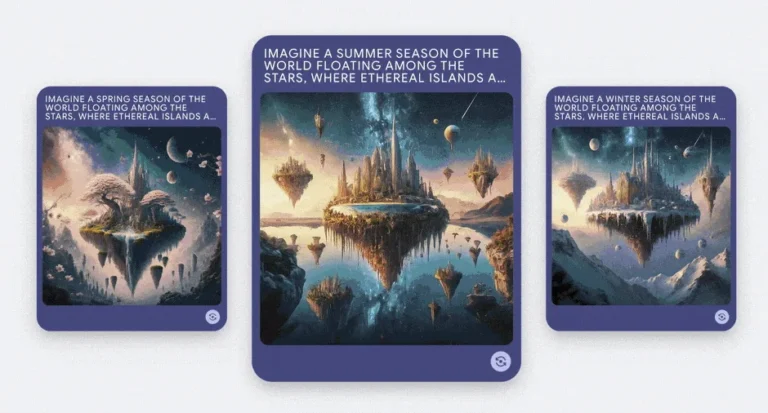People can now create photographs in Bard for free in the majority of countries.
In the realm of generative artificial intelligence, Google is releasing a plethora of upgrades, one of which is a brand new text-to-image tool. One thing that sets ImageFX apart from other similar programs is that it has a user interface that includes “expressive chips.” The concept behind them is that they will make it easier for you to “quickly experiment with adjacent dimensions of your creation and ideas.”
In addition to the launch of ImageFX, Google has announced that it has made enhancements to MusicFX and TextFX. According to the company, it has made improvements to the MusicLM model, which include the generation of music at a faster rate, an increase in the quality of the audio, and the addition of additional features. Now, tunes that are generated can last for up to seventy seconds. When it comes to TextFX, Google has included usability enhancements with the intention of enhancing navigation and the overall user experience.
Introducing #ImageFX ✨ a new image generation tool powered by Imagen 2, Google's most advanced text-to-image model. We’re excited to add this to our suite of generative AI tools at Labs, and to help bring your most creative ideas to life. Try it out: https://t.co/e07Zz3Pdx4 pic.twitter.com/MVXEEt9c2b
— labs.google (@labsdotgoogle) February 1, 2024
A digital watermark known as SynthID is applied to images and sounds that have been generated using ImageFX and MusicFX. The purpose of this watermark is to make it abundantly evident that they are fabricated using artificial intelligence, particularly when they are displayed in Chrome or Search. Images created with ImageFX will also have metadata from the IPTC. The company Google claims that this will provide “people with more information whenever they encounter our AI-generated images.”
In the AI Test Kitchen, individuals from the United States of America, Kenya, New Zealand, and Australia will be able to test out these newly developed and improved technologies beginning today. Currently, they are only accessible in the English language.
The new image generating elements of ImageFX are being powered by the Imagen 2 model which is being used. The technology is also responsible for the development of new generative artificial intelligence choices in Bard, Search, Ads, Duet AI in Workspace, and Vertex AI. According to Google, Imagen 2 contributes to the delivery of its AI-generated photographs that are of the greatest quality to date. Specifically, the business says that the model helps keep photos free of artifacts and improves on areas of image production that such technologies have struggled with up until this point.
Additionally, Google claims that it has made “significant investments” in Imagen 2 training data safety while also adding guardrails to “limit problematic outputs such as violent, offensive, or sexually explicit content.” Additionally, Google has applied filters to lessen the possibility of creating photographs of identifiable individuals. This is as a result of the model’s enhanced capacity to produce images that are photographically realistic. In addition, the corporation asserts that it conducts “extensive adversarial testing” in order to identify potentially problematic and dangerous information and take appropriate action against each instance.
In other places, Gemini Pro in Bard is now available to a wider target audience beginning today. It may currently be accessed in over forty different languages and in more than two hundred and thirty nations and territories. Additionally, as of today, Google has stated that users in the majority of countries are able to make photographs at no cost using Bard in English. There will be watermarks from SynthID included in these photographs.

